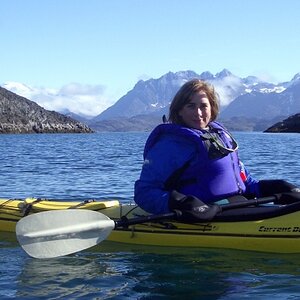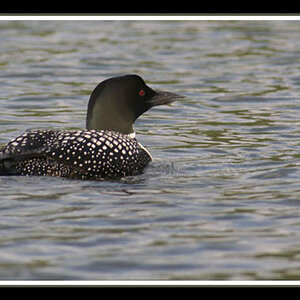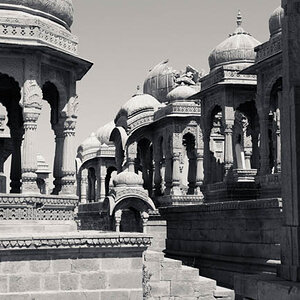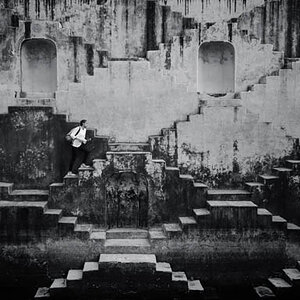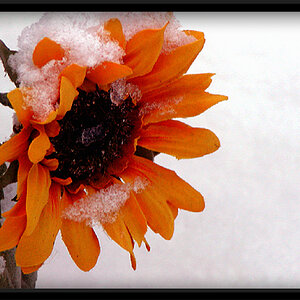Byrnew
TPF Noob!
- Joined
- Jun 8, 2019
- Messages
- 74
- Reaction score
- 7
- Can others edit my Photos
- Photos NOT OK to edit
Hello all,
I bought my first camera and I'm wondering if anyone can point me in the right direction regarding the Shutter count, aperture & ISO.
I was planning on starting of in automatic mode but watching videos it says it's not a good way to learn and I wont benifit the camera pertential . Is there any set guide that I can set the Shutter count, aperture & ISO as an average default that I can use and then I can maybe twerk then a bit as I learn . I read turn off the automatic setting on iso and set it between 100 -200. Is there any kind of guide I could use for the other 2 ?? Maybe a guide what to set them at say on a sunny day , a dull day and maybe indoors ??
Any guide would be much appreciated
Thanks
Wayne
I bought my first camera and I'm wondering if anyone can point me in the right direction regarding the Shutter count, aperture & ISO.
I was planning on starting of in automatic mode but watching videos it says it's not a good way to learn and I wont benifit the camera pertential . Is there any set guide that I can set the Shutter count, aperture & ISO as an average default that I can use and then I can maybe twerk then a bit as I learn . I read turn off the automatic setting on iso and set it between 100 -200. Is there any kind of guide I could use for the other 2 ?? Maybe a guide what to set them at say on a sunny day , a dull day and maybe indoors ??
Any guide would be much appreciated
Thanks
Wayne


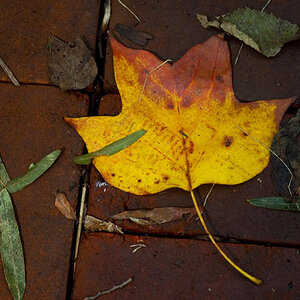
![[No title]](/data/xfmg/thumbnail/35/35965-cac1057a7f2dd8e8aeeefed50ae8c080.jpg?1619737282)
